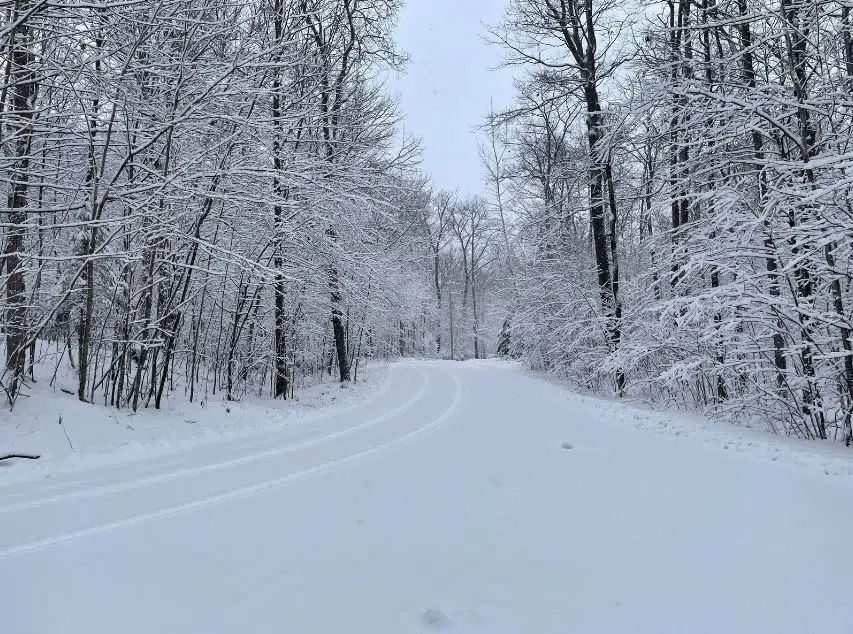(WTAQ-WLUK) — Winter is nearing, but before the season starts here in Wisconsin, make sure you are aware of the changes that have been made to winter weather alerts.
The National Weather Service has changed the previous wind chill alerts to what are now called cold weather alerts to make the message clearer to the public on when it is truly dangerous to be outside.
What used to be called a wind chill advisory will now be called a cold weather advisory. Wind chill watches and warnings are now called extreme cold watch or extreme cold warning.
Kurt Kotenberg is a Warning Coordination Meteorologist at the National Weather Service office in Green Bay, and says there were multiple factors that went into changes the names.
We wanted to change the title of it to something that was more meaningful to the public. So instead of wind chill warning, we have extreme cold warning. And that, extreme cold warning, it’s in the title, so people know what’s coming for them.
With the name changes also come criteria changes. Originally, wind chill alerts factored in how cold the air gets only when it is windy. Changing the names now allows for extreme cold alerts to be issued when temperatures drop to a certain temperature. Wind chills can also be a factor as well, but this change includes issuing an alert for temperature base.
The alerts have different criteria depending which part of the state you live in. Northeast Wisconsin has a slightly lower criteria than for those in the northwoods of Wisconsin.
“The reason is because we used to have the same criteria everywhere here in northern Wisconsin. And so what ended up happening is up in Rhinelander, they would have twice as many cold weather advisories issued than us here in Green Bay,” Kotenberg said.
A cold weather advisory can be issued in northeast and southeast Wisconsin if temperatures or wind chills drop to 20 degrees below zero. The rest of the state can see a cold weather advisory issued if temperatures or wind chills drop to 25 below.
Temperatures or wind chills need to be even colder in order for an extreme cold warning to be issued: -30 for northeast and southeast Wisconsin, and -35 for the western half of the state.
What was called a wind chill advisory has the same threshold as a cold weather advisory. Additionally, extreme cold warnings and cold weather advisories are now their own category, which separates them from other winter weather alerts such as snow and ice warnings (i.e., winter weather advisory, winter storm warning, blizzard warning, ice storm warning, lake effect snow advisory or warning).
By having cold weather alerts under their own category, the National Weather Service is hoping this helps reduce confusion when these alerts are issued.
“Two different types of headlines, one is for heavy snow, one is for extreme cold. So now two different headlines, two different courses of action, and that should also help the public know what you need to do to stay safe. Whether it’s invest in a new shovel, or if its invest in needing to wear heavier clothes to work tomorrow” Kotenberg said.
Dan Kwilinski of Green Bay says most residents here in Northeast Wisconsin do a good job preparing for winter, but thinks this change will benefit people.
“It doesn’t mean that much unless it is very very bad, then I am just going to stay home. I am not going to even bother fighting the 20 below or 30 below type of weather. That’s just not a good idea to be outside in that weather,” says Kwilinski.
If you see an extreme cold warning issued this winter, please take it seriously. It means outdoor weather conditions are cold enough that frostbite can happen in just minutes.










Comments